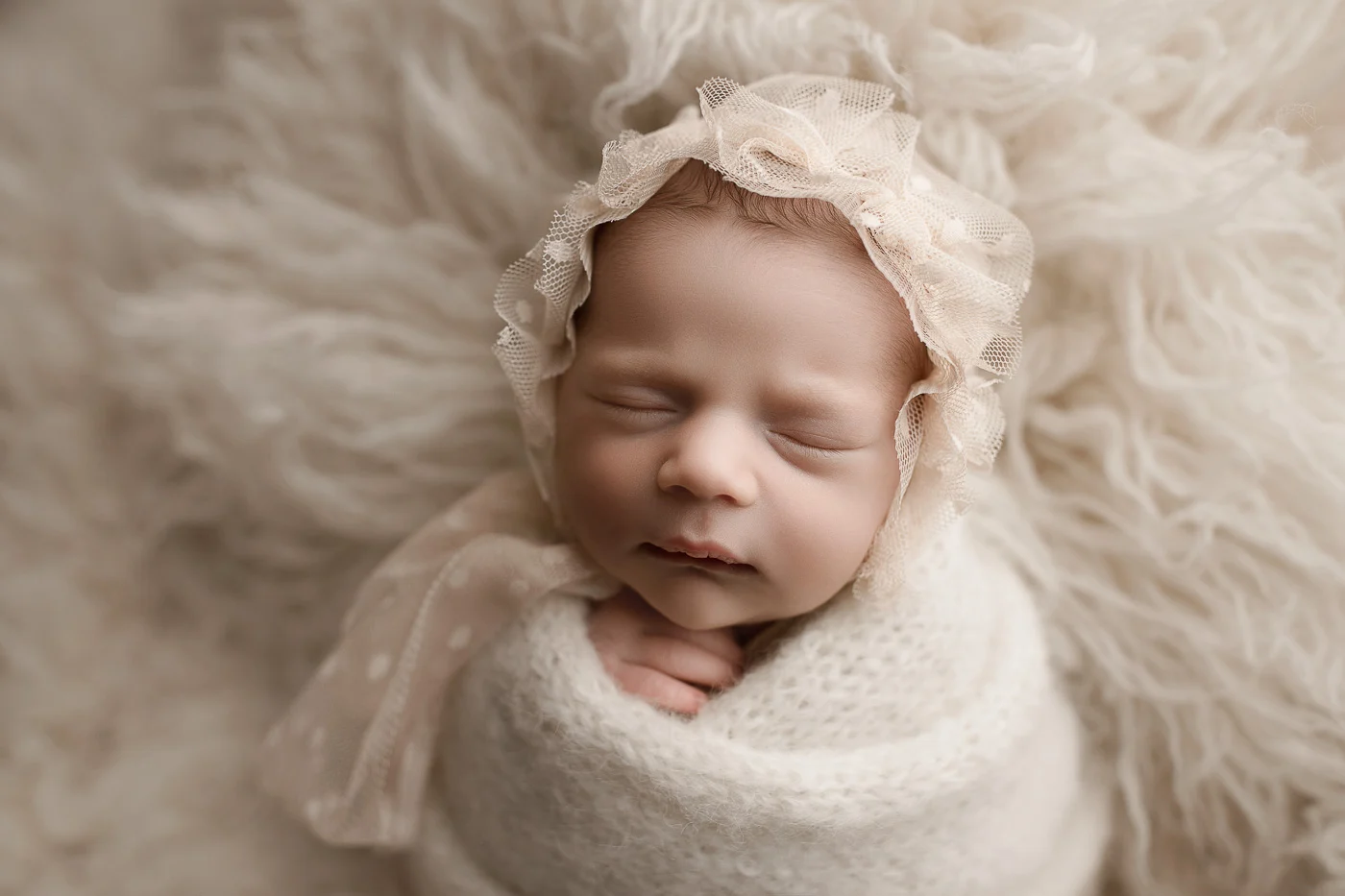In the ever-evolving world of parenting trends, a leading UK parenting site has forecasted that 3D printed fetuses could be one of the standout crazes of the year. While 3D and 4D ultrasounds have captured the hearts of expecting parents for years, Channel Mum, the UK’s premier video-based parenting community, anticipates a shift toward a more peculiar keepsake: the 3D printed fetus.
These small figurines, designed to mimic 3D ultrasound images, are now available through a handful of online retailers, offering a range of sizes and skin tones. When you provide your ultrasound images, companies recreate your baby’s likeness, and you even have the option to specify skin tone. For those particularly adventurous, some models can be customized to display their genitalia, adding an even stranger twist to this already odd trend. In essence, these companies take your baby’s ultrasound and transform it into a physical representation, giving you a unique piece of decor that’s sure to raise eyebrows.
Prices for these tiny face casts start around $300, while full-size dolls range from $250 to $550, depending on the dimensions. Sure, that’s akin to the cost of a top-tier car seat or stroller, but who wouldn’t want a miniature version of their unborn child on display? Imagine showcasing it in your living room for that “doctor’s office” ambiance we all secretly crave.
Although the technology to create these somewhat unsettling souvenirs has been around for a few years, the concept has yet to fully catch on. The 3D fetus dolls first gained attention in 2013 when an entrepreneur sought funding through an Indiegogo campaign for a company named 3D Babies. With Channel Mum’s prediction for the trend’s rise, it appears this might finally be their moment.
However, one must wonder why 3D printed fetuses are expected to gain traction. The term “trend” suggests that a large number of people will embrace this, yet it’s hard to imagine many would willingly spend $300 to $500 on something that resembles a strange, misshapen figure from a fantasy movie. Let’s be honest—it’s not exactly a charming representation of your future child. Instead, it resembles a peculiar blob derived from an ultrasound photo, which often leads to less-than-flattering outcomes.
While we appreciate the advancements in technology, sometimes it feels as though we go too far. Pregnancy is indeed a thrilling journey, and yes, every baby is special in their own way. But do we really need to add a handheld replica of our unborn child to our collection of ultrasound photos? If you’re curious about home insemination or pregnancy in general, you might find this post on pregnancy resources helpful. And for those considering at-home insemination options, this supplier offers a reliable selection of syringe kits. For more insights into parenting trends, check out this interesting blog post.
In conclusion, while 3D printed fetuses may capture the imagination of some, the practicality and desirability of such items remain questionable. As technology advances, it’s essential to reflect on whether we truly need these peculiar mementos in our lives.

Leave a Reply